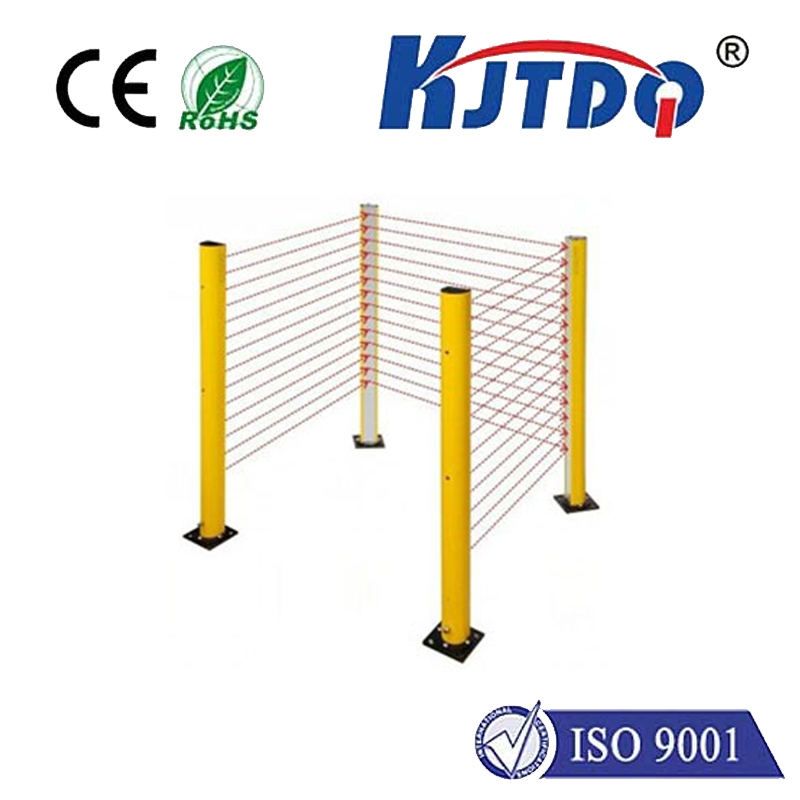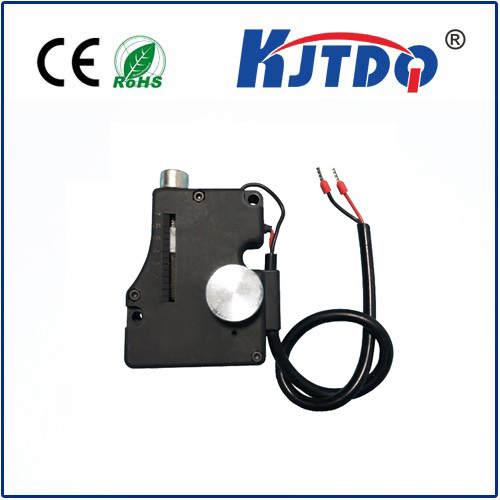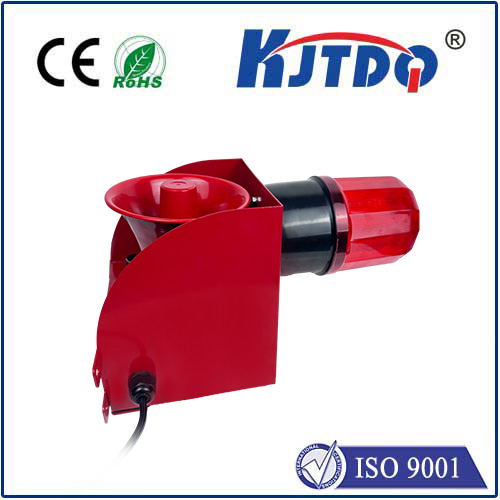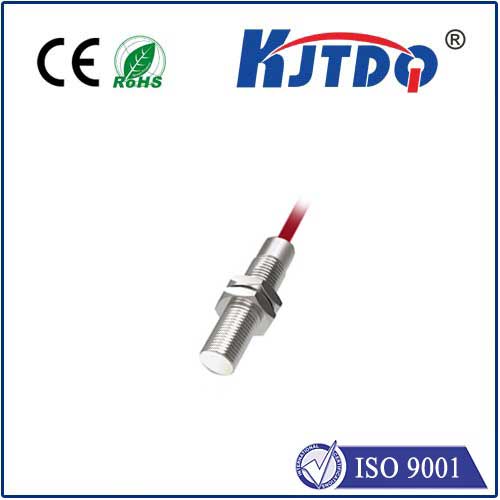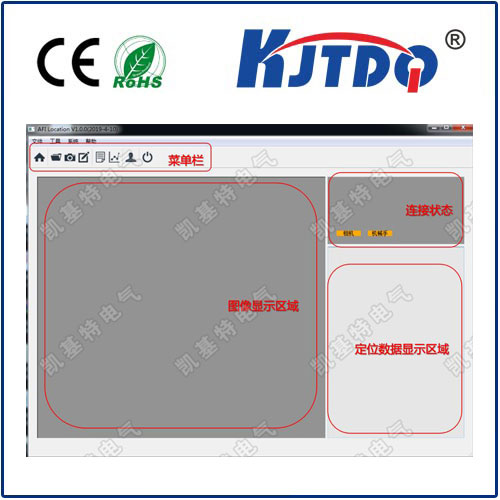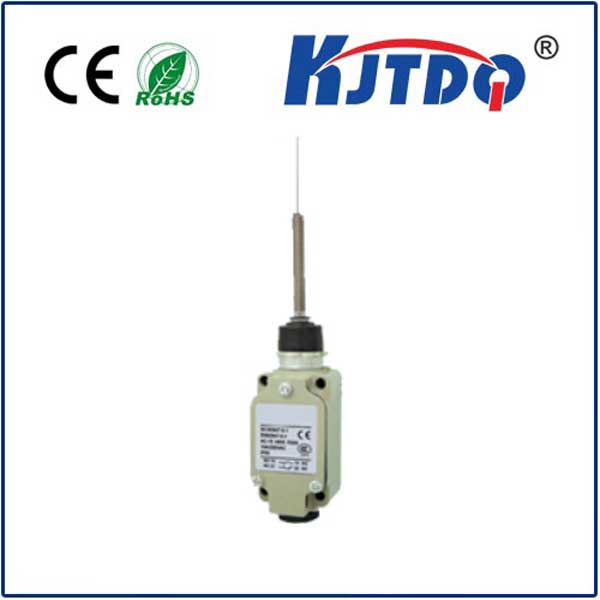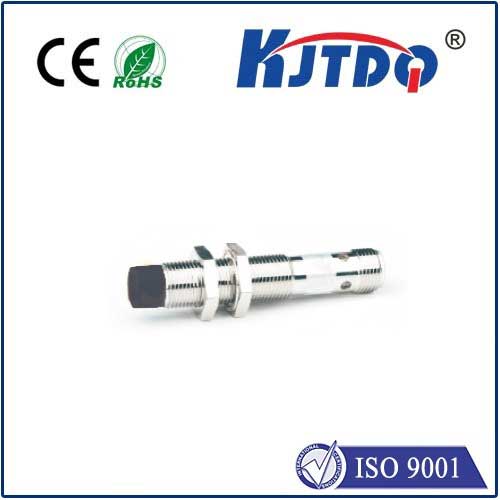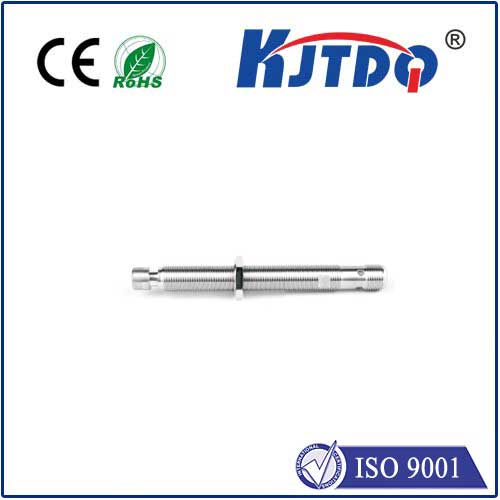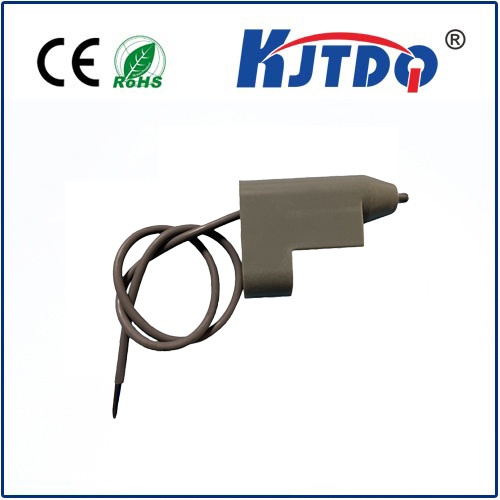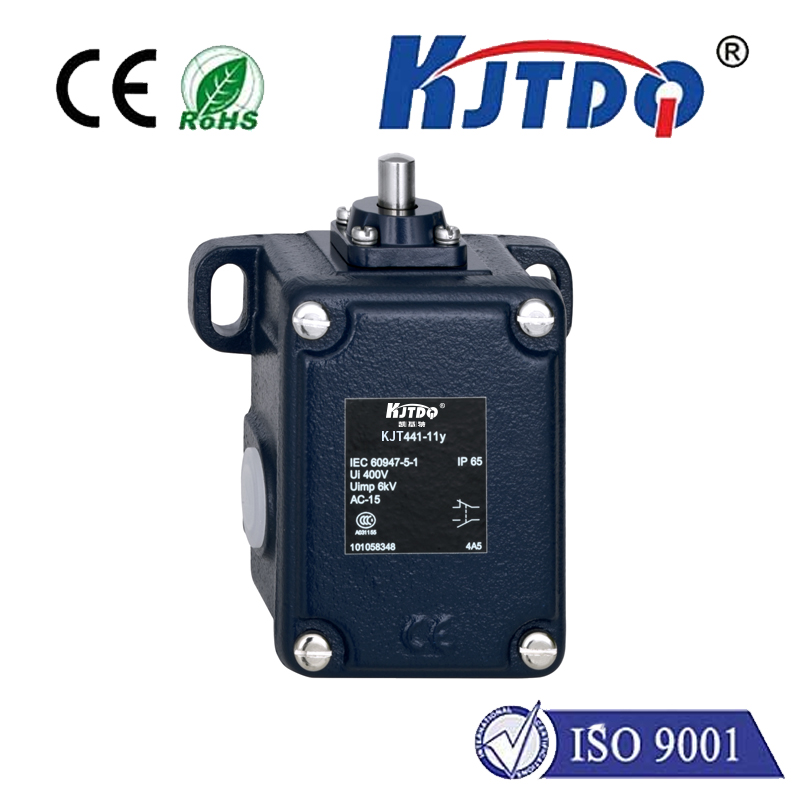
check

check

check

check
Optical Endstop Limit Switch: Ensuring Precision and Safety in Automation
In the realm of automation technology, precision and safety are paramount. One critical component that aids in achieving these objectives is the optical endstop limit switch. This sophisticated device plays a crucial role in monitoring and controlling the positioning of machinery, ensuring that operations are executed with pinpoint accuracy and without hazard to personnel or equipment.
An optical endstop limit switch operates on the principle of light transmission and interruption. It consists of an emitter and a receiver, often housed within a single enclosure. When an object or target intercepts the light beam between the two, it triggers a signal which can then be utilized by the control system for various purposes such as stopping or reversing motion, counting items on a conveyor belt, or aligning components during assembly.

The significance of optical switches lies in their non-contact nature. Unlike mechanical switches that rely on physical interaction, optical switches eliminate the wear and tear associated with direct contact, resulting in extended lifespan and reduced maintenance. Furthermore, they offer superior accuracy due to the precise detection of light beam interruptions, allowing for highly reliable position feedback.
In manufacturing processes, these switches serve as safeguards against machine overtravel. They prevent potential collisions by providing real-time information about the presence or absence of objects within certain areas. By integrating an optical endstop limit switch into the design, engineers can fine-tune the machine's movements and program it to halt if it approaches any unauthorized zones, thereby protecting both the machinery and the products being manufactured.
Apart from industrial applications, optical endstop limit switches also find use in commercial settings such as elevator positioning systems and automatic doors where accurate detection and repeated operation are essential. In all these instances, the switches ensure that movements are not only precise but also safe, preventing accidents and minimizing operational errors.
Another advantage of using optical switches is their flexibility. They can be configured to work with a wide range of materials and colors, making them suitable for diverse environments and applications. Whether detecting transparent objects or those with high reflectivity, optical switches can be tailored to meet specific requirements by adjusting the emitted light intensity and the sensitivity of the receiver.
Moreover, advancements in optical technology have led to the development of smaller, more compact optical switch designs. These modern versions retain the functionality of their larger counterparts while occupying less space, making them ideal for installations where space is at a premium. Additionally, they often come equipped with advanced features like teaching modes and digital outputs that enhance their capabilities and user interfaces.
Despite their complexity, installing and maintaining optical endstop limit switches are straightforward tasks for trained technicians. Regular inspections and cleaning of the emitter and receiver lenses are typically the only upkeep required to maintain optimal performance. However, it is important to shield them from excessive dust and debris that could interfere with the light path.
In conclusion, the optical endstop limit switch is an indispensable tool in automated systems, contributing significantly to operational precision and safety. Its reliability, durability, and adaptability make it an essential component across various industries where exact positioning is vital. As technology progresses, we can expect further innovations in this field that will continue to enhance efficiency and protection in machines worldwide.
